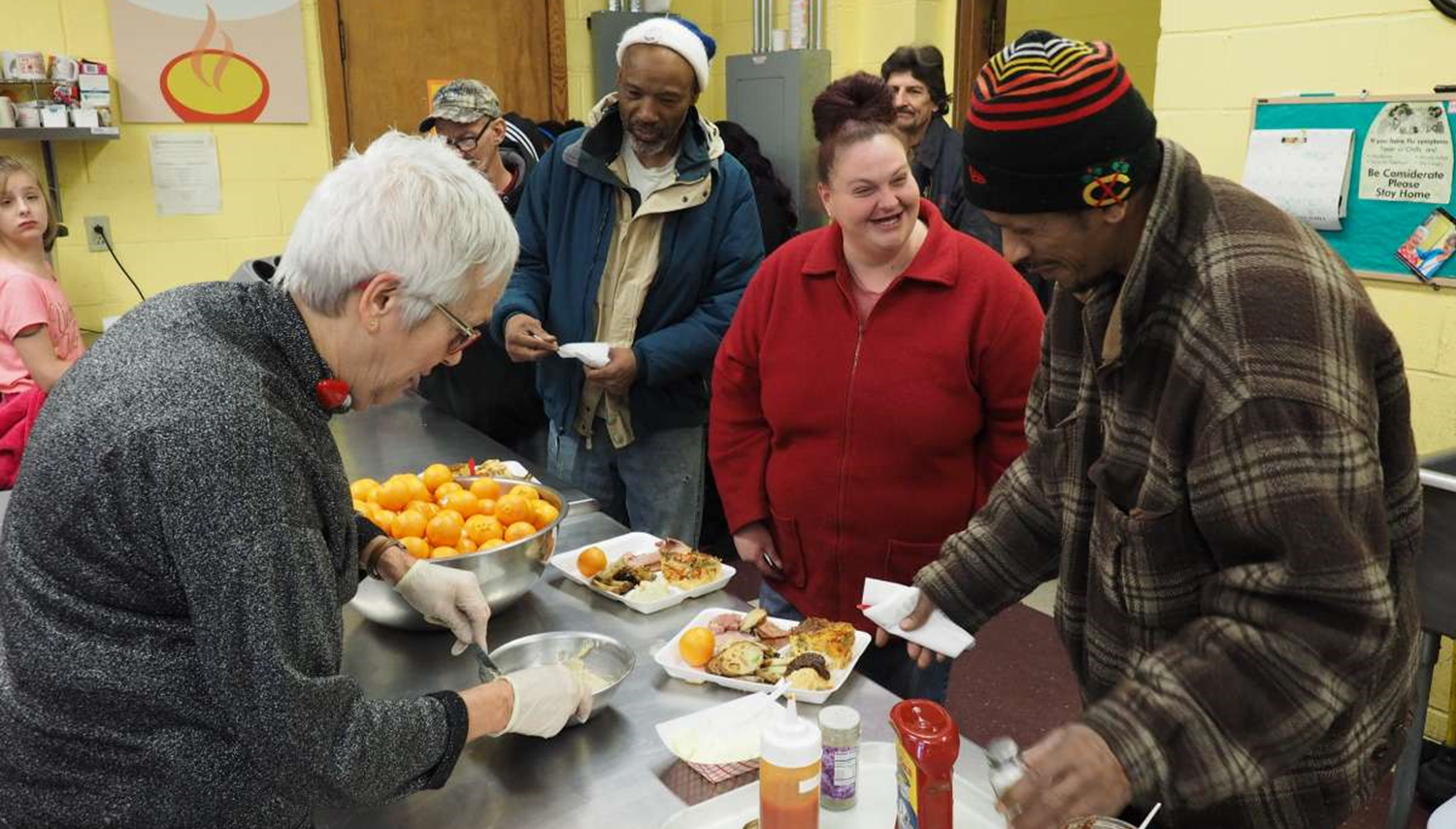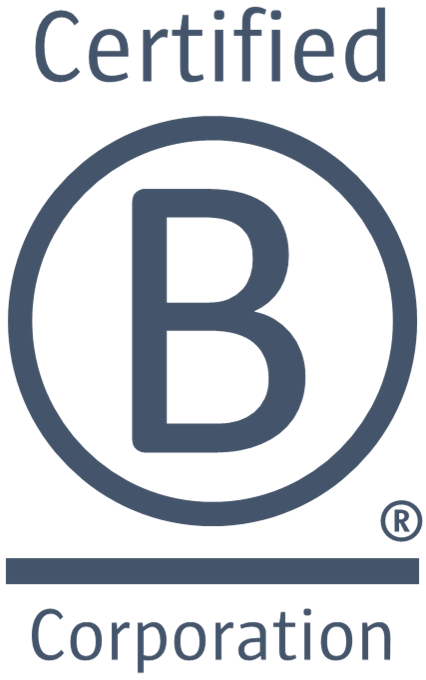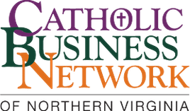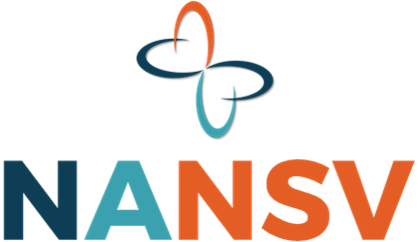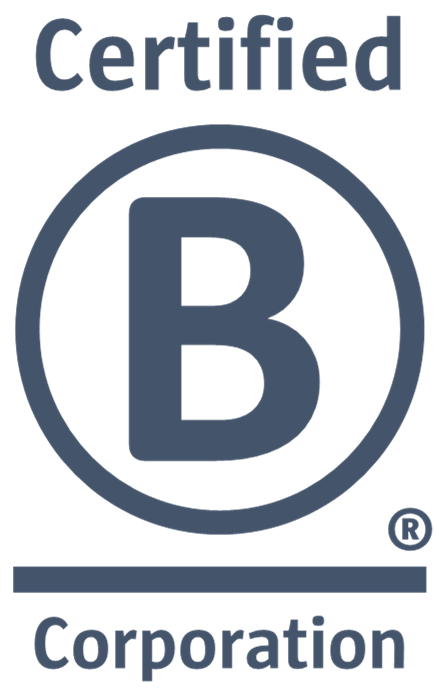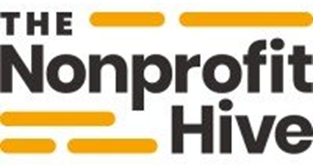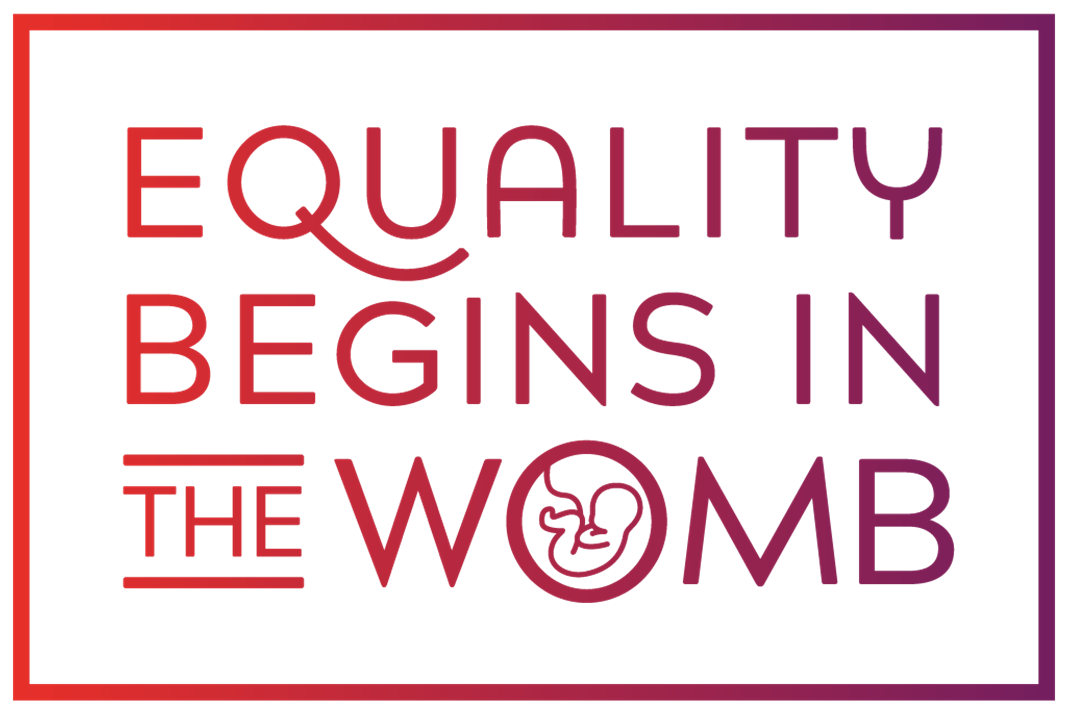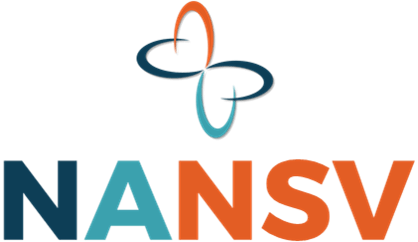Strategic Responses are Essential for Covid-19
Non-profits need to have a comprehensive, coherent approach

Covid-19 has had an impact on everyone. Non-profits are no exception. From the way they serve clients to the financial implications to effects on the workforce and workplace, things have changed. Failing to adapt means not being able to help people in need when the need it the most, becoming less relevant or, at worst, facing existential risks. Adjusting, however, is usually more than “tweaks” here and there. So many variables are in play, and a dynamic environment requires a coordinated strategic response.
What does that mean? For starters, it’s having a well-thought out plan that considers a range of inter-connected factors. It also means thinking about how to survive and thrive in the short-term, staying within the mission and keeping an eye on the future. If you’re worried about tactics only, you’re missing the “big picture” that only a strategic approach can provide. And even now, it’s not too late—if you haven’t thought things through, there’s still time—Covid-19 and its effects will be here for a while.
Understanding what’s changing is key. The basic economics concept of supply-and-demand is a good place to start, as Covid-19 affects both. For non-profits’ purposes, supply comprises availability, accessibility, resources, and risks. Can you still get what you need? Can you find delivery channels that can get services out to the public? Do you have the human, financial, and capital capacity you need? Are risks acceptable, and can you mitigate them? These things influence what you can provide the “market.”
Demand includes needs, priorities, and capacity. What are the impacts of the Coronavirus on client needs? Their requirements may shift as the pandemic takes its toll—economically, emotionally, and in other ways. Has the importance of your non-profit’s services changed? What they saw as essential under normal circumstances may now just be “nice to have,” as their focus shifts to survival. Can they—and do they want to—use alternative ways to work with you? These things influence what the “market” wants.
Analyzing supply and demand requires more than just guesswork, and today they’re even easier to evaluate. You’ve at least started to experience what is happening, and you can use that to interpret what you have to offer against what your population needs to get through this situation. Making this assessment accurately is essential, because supply and demand changes have big implications for a number of aspects of your non-profit. They essentially dictate the conditions to which you have to respond.
Your approach given your awareness of the impacts on supply and demand should consider several “levers” that you can manipulate to be successful in your mission during Covid-19:
- Core services—How you change what you offer to meet immediate needs, within the mission
- Material availability—How you get the quantity and quality of “product” to meet the demand
- Access channels—What you do to provide safe, simple ways for the public to reach you
- Human resources—How you react with workforce size and composition, the workplace, etc.
- Finances—Your efforts to maintain funding to remain solvent, retain staff, and meet demand
- Capital resources—How you acquire the equipment you need for alternative service delivery
- Exposure to risk—What you do to keep your staff and clients safe when providing services
These “levers” are intertwined—you generally can’t “play around” with one without others being affected, and they need to be looked at in a holistic way. For example, finances connect with human and capital resources, as well as material availability. You can either cut costs to save employees, or gain financial flexibility through furloughs so you can pay for the goods you need. Hence the strategic perspective you need to follow, using the “10,000-foot view” and applying logic to find the best solutions.
Strategy also means staying focused on the future. As you determine what to do no in response to Covid-19, you should also be thinking about what’s next. New services and delivery channels, for example, don’t have to disappear as the crisis abates—you may be able to keep some or all of them to improve on what you offer, do more for your clients, and/or help more people. This requires you to anticipate future supply and demand—what it will look like tomorrow—and make plans to emerge stronger.
If you haven’t created a strategy—if you’ve just made changes associated with one “lever” without thinking through others—you can (and should) still do it. It’s clear that the Coronavirus has changed the game. You need to react in a way that ensures you have the supply to meet the demand. If you’re finding yourself in a chaotic situation—“flying by the seat of your pants”—take a moment to step back and look again. You’ll help people more, and in the right ways, and you’ll get through the pandemic with flying colors.
More Information
For further discussion, watch our webinar “Strategic Responses,” part of our six-part series “Practical Considerations for Non-profits During Covid-19.” The presentation and recording are free!
Read Other Posts







